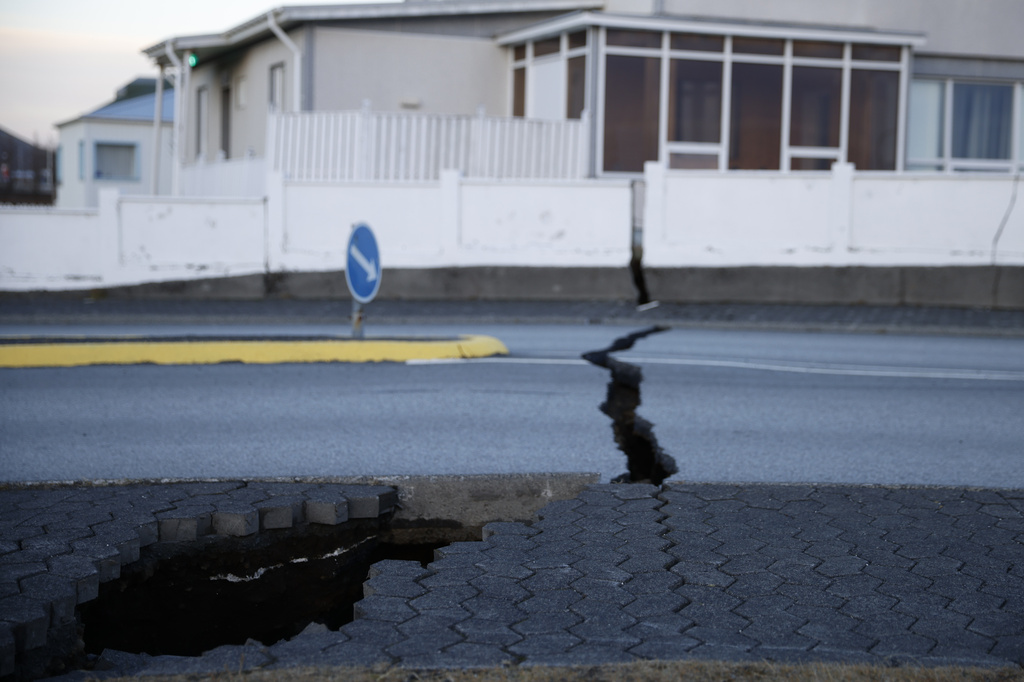Iceland declared a state of emergency on Saturday, Nov. 11, urging residents of Grindavik to evacuate due to significant seismic activity near one of its 33 active volcanic systems. Grindavik, with a population of 3,800, is a fishing town about 30 miles southwest of the capital on Iceland’s Reykjanes Peninsula.
The area experienced nearly 900 tremors and earthquakes since Monday, Nov. 13, in addition to the tens of thousands more felt in the region in recent weeks.
The evacuation was ordered after reports of the ground shaking, roads cracking, and buildings sustaining structural damage.

Scientists attribute these earthquakes to magma movement and spreading occurring approximately three miles underground. Since Oct. 27, the land in the area has risen by 9 cm, according to the Icelandic Meteorological Office.
Roads leading to Grindavik have been closed, prohibiting unauthorized traffic to the area. This closure, prompted by seismic activity, potential erosion and deteriorating road conditions will remain in effect until officials deem it safe for limited or unrestricted traffic.
“At the eleventh hour, the Icelandic Meteorological Office informed the Civil Protection that it cannot be ruled out that the magma tunnel forming could reach Grindavík,” said Víðir Reynisson, head of the Civil Defence Agency.
Authorities also raised the aviation alert to orange, indicating an increased risk of a volcanic eruption. Volcanic eruptions pose a serious hazard to aviation as they can expel highly abrasive ash into the atmosphere, causing jet engine failures, damaging flight control systems, and reducing visibility.

Scientists are monitoring magma flow to predict the likelihood of eruption. Authorities are also preparing to build defense walls around a geothermal power plant to protect it from potential lava flows during an eruption. The Svartsengi geothermal power plant supplies power to the entire country.
“We have a fissure that’s about 9.3 miles long, and anywhere on that fissure, we can see that an eruption could happen,” said Vidir Reynisson, head of Iceland’s Department of Civil Protection and Emergency Management. “The magma is now at a very shallow depth, so we are expecting an eruption within a couple of hours at the shortest, but at least within a couple of days.”





























